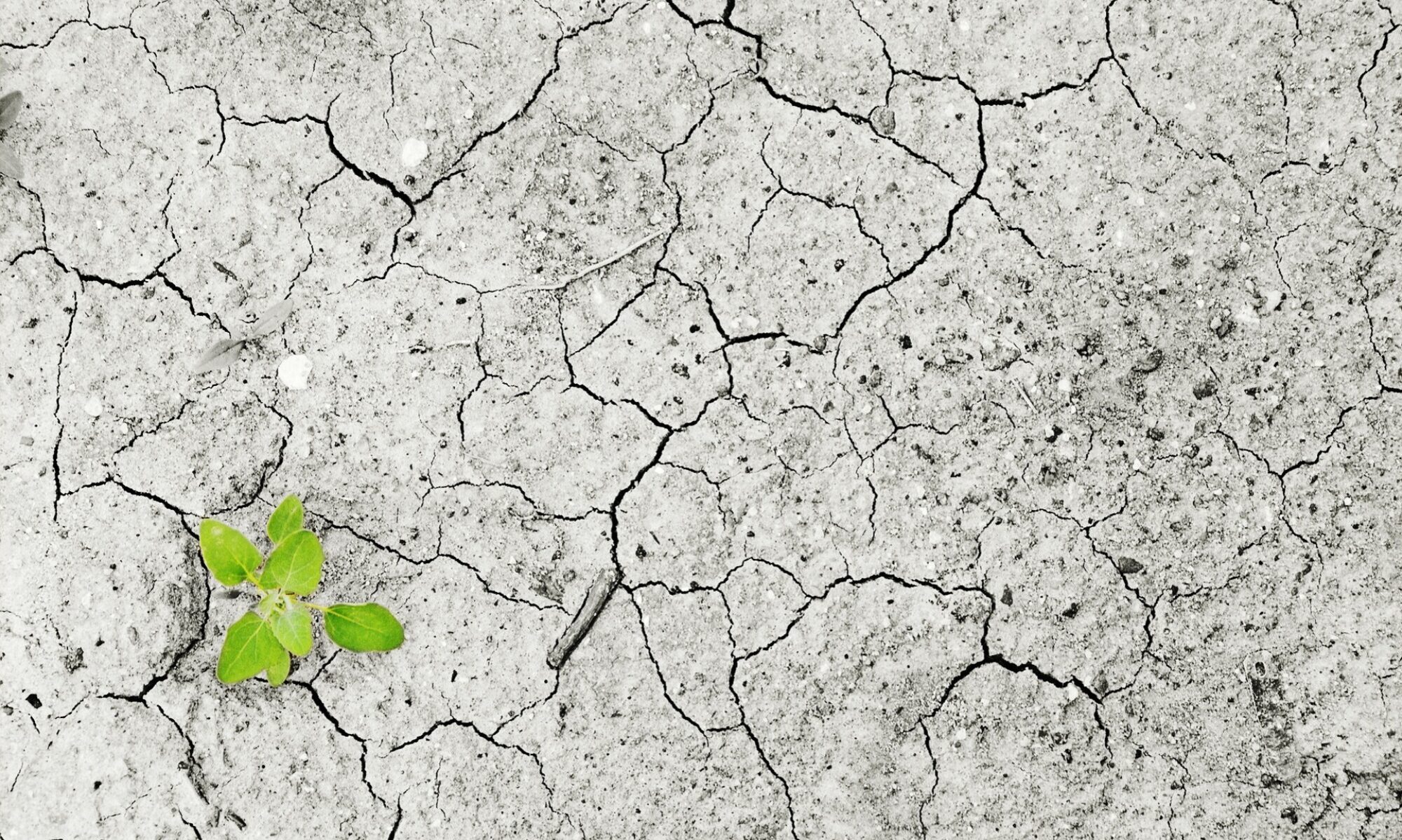28 July 2022 – by Ottoline Mary
Everest’s South Base Camp, located on the Nepalese side of the highest mountain in the world, has served as the starting point for climbers for 70 years.
Sadly, this historical landmark is due to be abandoned in years to come, as the result of safety concerns stemming from the effects of global warming. The current settlement is established on a glacier located at the foot of a 300 meter-high icefall, and the accelerated glacial melting is exacerbating the risks experienced during mountaineering expeditions. For example, climbers have been reporting an increasing number of crevasses appearing around their tents. As a result, it has been decided that Base Camp will be relocated at a lower altitude.
This phenomenon is aggravated by the climbers themselves. The surge in human activity since the boom of commercial climbing in the 1990s (rising from an average of 180 summits per year in the 1980s to 5,561 in the 2010s) is further threatening the mountain’s fragile ecosystem. On a typical day at Base Camp, an average of 4000 litres of urine are produced, in addition to large amounts of kerosene and gas being burned for cooking and heating.
Therefore, the continued commercial exploitation of Mount Everest has ethical implications. On the one hand, it contributes to environmental destruction – which, in the long run, might undermine residents’ livelihoods. But on the other hand, the local economy has become highly dependent on the tourism industry – as shown by the crisis following the Covid-19 lockdown in 2020. This type of dilemma illustrates the complex overlapping of natural phenomena and human activity, and the urgent need to reconcile them in the light of the global climate emergency.



